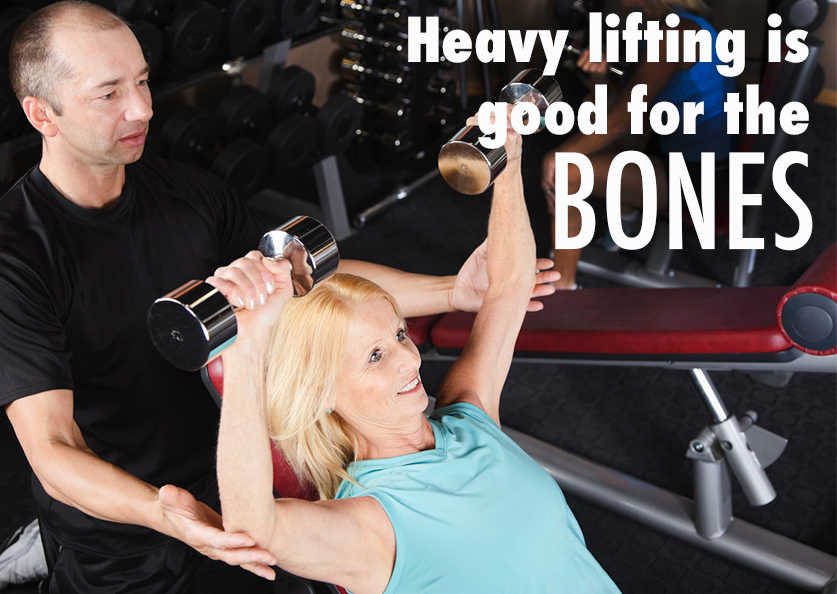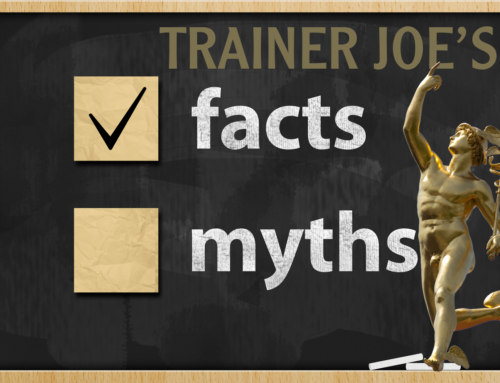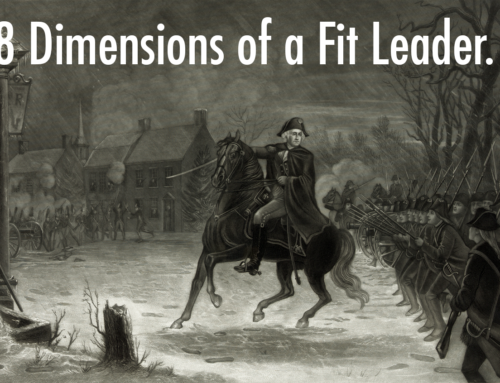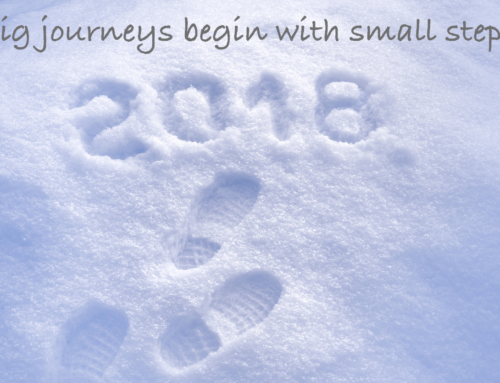Bare-Bone Facts
Osteoporosis is a sneaky thief that gradually robs primarily women of their bone’s mineral content. (Men account for approximately 20% of osteoporosis cases.) Last year the number of osteoporosis-related fractures in women exceeded the number of heart attacks, breast cancer cases and strokes—combined. According to the National Osteoporosis Foundation, eight million women aged 50 and older have osteoporosis while another 22 million are at risk for developing the disease. Half of all women over 50 will suffer a fracture due to osteoporosis sometime in their lives. By 2020, it is projected the number of women with osteoporosis will exceed 10 million.
Are You at Risk?
It is estimated 72% of all women age 65 and older who have osteoporosis are unaware of their condition and have not been treated for it. You are at increased risk of developing osteoporosis if you:
- Lead a sedentary lifestyle
- Have a family member with osteoporosis
- Have previously suffered an osteoporosis-related fracture
- Have low body weight or are thin-boned
- Are a post-menopausal woman
- Have been taking certain prescription drugs over a prolonged time
- Are Asian, Caucasian or Hispanic
- Have had a hysterectomy
- Have an eating disorder
- Are a heavy drinker and/or smoker
If you have two or more of these risk factors, please contact your doctor for a referral to evaluate your bone density through a simple, painless and definitive test.
Next Steps
If you are diagnosed with osteoporosis or its precursor, osteopenia, there are immediate actions you can take in order to attenuate or even reverse this disease. First, your doctor may recommend prescription medicine designed to strengthen your bones. If you drink heavily or smoke, stop.
Nutrition
Are you getting enough calcium by eating a balanced diet? The following are good sources of calcium:
- Milk
- Yogurt
- Cheese
- Rice pudding
- White beans
- Sardines
- Dark leafy greens, such as kale and spinach
- Broccoli
- Fortified orange juice or cereals
- Soybeans
Be honest…do you have an eating disorder or disordered eating? If so, an appointment with a registered dietitian is a critical next step in getting help.
Exercise
A nineteenth century German anatomist, Julius Wolff, developed principles that still hold true today. Wolff found placing increased stress on a bone causes that bone to get stronger to bear up under the new load. It is a fact that weight-bearing exercises increases bone density.
The level of exercise needed to stimulate bone growth involves lifting moderately heavy weights, not the rubber-coated pink one and two pound weights many women prefer. If you are under 35 years old, start pumping iron now. The stronger your bones are when young, the stronger they are likely to be when you get older. Although strength training may not increase bone density once you reach your 80’s, research indicates that lifting moderately heavy weights may stop the progression of mineral loss in its tracks. So whatever your age, the key takeaway is to begin strength training now.
If you are diagnosed with osteoporosis and your doctor prescribes exercise, seek the assistance of an experienced certified personal trainer to design and implement your program. This investment will insure you are doing the best exercises, at the right level of intensity and with perfect form.
Don’t Break a Leg
What’s your plan to keep those old bones healthy and strong? I’d love to know. Good luck, but don’t break a leg in managing your osteoporosis risk factors.







Leave A Comment
You must be logged in to post a comment.